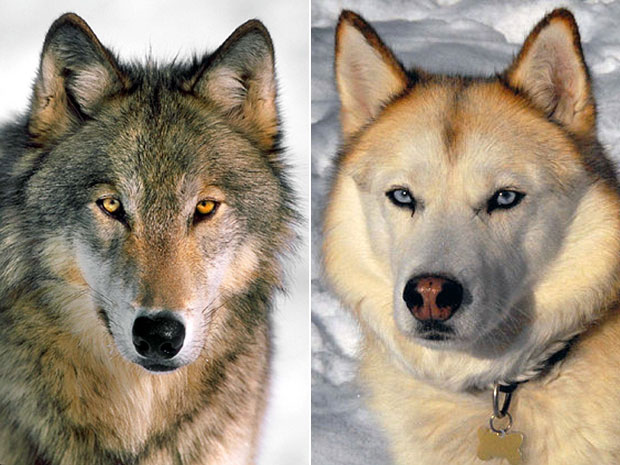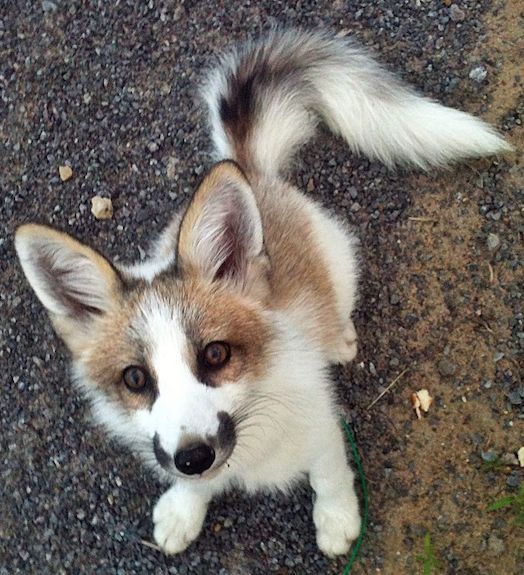Learning and Domestication
Biology 342 | Fall 2014
How Interaction with Humans has Altered Animal Behavior
Mara Kaiser and Michael Weiss
Introduction to Tinbergen's Four Questions
Nikolaas Tinbergen was a Dutch biologist who argued that, when observing animal behavior, four questions could be universally applied. His four questions make up the categories that we will explore in this website. Phylogeny refers to the evolutionary history of the behavior within the species of study. Ontogeny refers to the development of the behavior over a lifetime of one individual. Mechanism refers to the physical basis of this behavior. Finally, Adaptive Value refers to the benefit of that behavior towards survival.
Animals of Interest: The Dog and the Wolf
The many species of wolf that exist today share in common a fairly recognizable morphology along with a reputation for being opportunistic, social animals. The wolf that lives across the United States is the grey wolf (Canis lupus), pictured below with man's best friend, the dog (Canis lupus familiaris). This website means to explore the domestication of Canis lupus through the use of Tinbergen's four questions, and to further explore the implications of that domestication on the ability of the species to learn.

Side-by-side comparison of a modern day dog as opposed to a wolf. Image courtesy www.crazynauka.com
Animals of Interest: The Fox

A variation of coat color in foxes that has only existed in lines bred for docility. Image courtesy of imgur.com
Foxes have been raised in captivity for the harvest of their fur, which is made possible by their relatively managable size. Dmitri Belyaev began to breed foxes on a fur farm for tameness, and has since led an extensive multi-generational experiment in which foxes have become domestic in both behavior toward humans and in morphology. To learn more about Belyaev's foxes, go to Mechanism.